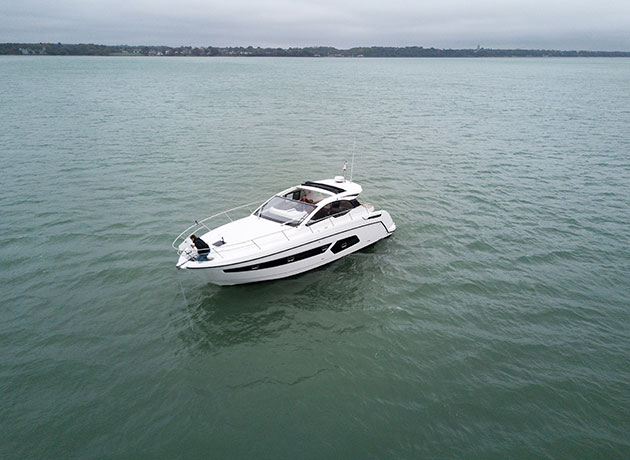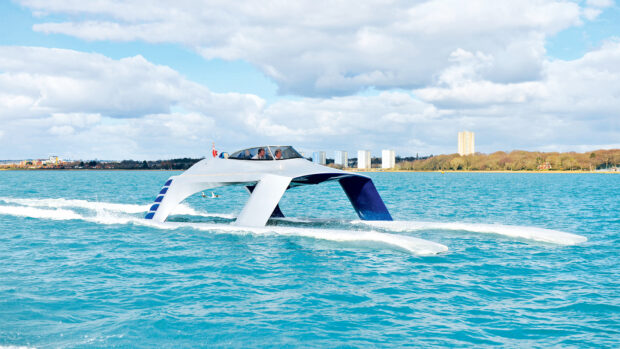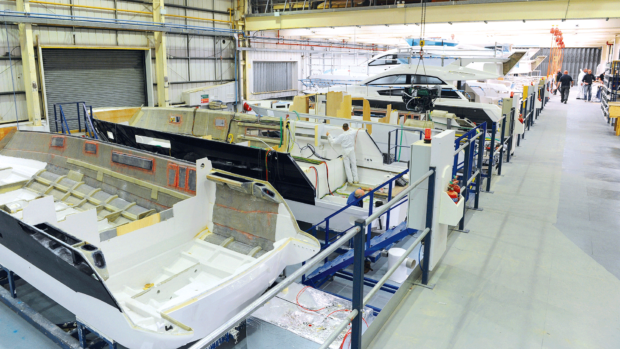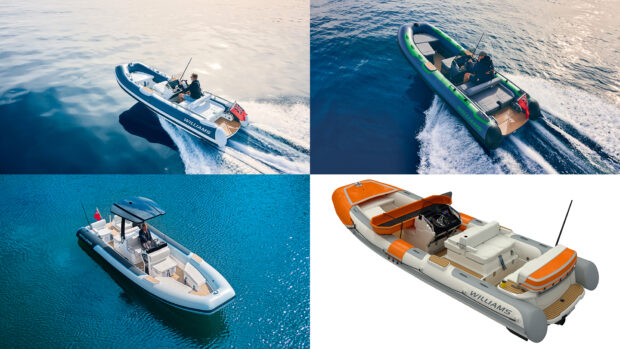The anchor fitted to your boat isn’t just a useful tool for enjoying a stopover in a pretty bay, it’s also a vital piece of safety equipment that can prevent your boat drifting onto the shore in the event of engine failure. Boating instructor Jon Mendez explains how to use it properly...
In the case of a voluntary stopover, your first job is to choose a suitable spot to anchor. This can be from local knowledge, a pilot book, charts or even a digital plotter. Make sure there are no local anchoring restrictions or cables it could snag on, then check the charts to see what the sea bed is made of. Sand, mud or a combination of both with shingle can all give good holding.
Weed can make it tricky for the anchor to set and hold fast, while rock can give a fantastic hold if you catch it right but may also prove difficult to recover the anchor from. Next determine how deep it is. I suggest allowing four times the depth for chain and seven times for a mix of rope and chain mix (known as the rode), more if staying overnight or it’s windy.
It’s a good idea to mark the rode at five or 10m intervals with different coloured cable-ties so you know how much you are putting out. In tidal areas you also need to allow for any rise or fall during your stay. Make sure the spot you choose is not too close to other boats and if staying for a while you won’t swing into danger due to a change in the wind or tide.
Article continues below…

VIDEO: How to… Rig an anchor
Jon Mendez guides you through how best to rig an effective anchor set-up

VIDEO: How To – Set Your Anchor
We guide you through the best techniques to ensure you are anchored safely and securely
When you’ve chosen your spot, release the anchor-securing mechanism – don’t rely on the winch alone to keep it secure – then lower the anchor while the boat is facing into the elements. As the anchor drops to the sea bed, keep the boat relatively still, then from the moment enough rode has been let out for it to touch the sea bed, allow the boat to drop back naturally with the wind and tide while gradually letting out more rode.
If the conditions are very light you may need to go gently astern to lay the rode onto the sea bed. The next step is to make sure the anchor has dug in, so either make it fast on a cleat, or lock the winch, and reverse at tick over so that the rode goes tight. A couple of seconds’ pull is enough – then watch or feel the rode to check you have no juddering or vibration.
If it is vibrating, the anchor is dragging, so either let out more rode and try again, or up anchor and start again. If there’s no juddering, release the power, let the rode relax and the boat will end up in a settled position. Now you need to check your exact position so you can spot if you are dragging, so look around and take some transits; one to the side and one fore and aft are ideal but your proximity to surrounding objects and an anchor alarm on the chartplotter can also help.
Now let everybody else know you are anchored by raising a black anchor ball. Leaving is the reverse of the same process but remember that the windlass is designed to lift the anchor, not drag the boat towards it, so a nudge ahead to take the weight off the winch motor will help with retrieval. Make sure the anchor is stowed correctly.
Sometimes you need to control your boat’s swing by using two anchors, either set in a V formation off the bow or one fore and one aft. This second ‘kedge’ anchor is often smaller, with a short amount of chain and a lot of rope to make it easier to handle. The technique is usually to make sure the main anchor is set properly, then let out a lot of rode to allow you to drop back before dropping the kedge astern then shortening up the main anchor rode as you let out the kedge rode so you end up in the middle.
For a V drop, often used for a long stay in variable weather, you again let the main anchor out with lots of rode and then motor forward at a 60˚ angle to drop the kedge in line with but away from the main anchor before dropping back and tensioning them both so that you are held in a V shape.
Lastly, if you are anchoring somewhere crowded or are concerned about getting the anchor stuck, then having a tripping line attached to the ‘wrong’ end of the shank which is either brought back onboard or tied to a float above the anchor, is a good idea. When pulled from above, this tripping line helps dislodge the flukes, improving your chances of safely retrieving the anchor.
Our How To video series is brought to you in association with GJW Direct.










